Iax Agolasky (1795–1868)
This is a story about a man of whose life nobody knows much about. He never became a big scientist or explorer, but the small collection of pictures he left to the coming generations has written Iax Agolasky's name with small but lasting letters in the books of history.
Iax Agolasky was born 1795 in Russia as the only child to Marushka and Vladimir Agolasky. (Iax is not a russian name, it is probably an abbreviation of the names Igor Anatolij Xavier.) His father was taught French at St.Petersburg's university and therefore Iax learned French along with Russian. Soon Iax' interest grew to this faraway country which language he felt as his second mother tongue and as he turned 18 he travelled to France.
In Paris young Iax was lucky to get an assistants place at Académie des Sciences, the French Academy of Sciences, and at the age of 22 he was asked to work as a personal assistant and interpreter to professor Moltique on a voyage to northwestern Russia.
Professor Jean Moltique was an anthropologist who studied old cultures and tribes and he liked to follow tales and fables. It's rumored that he even found trails of the snowman (but this was never verified). The expedition with Iax Agolasky started in 1819 and ended in 1825. Here the documentation is very poor, nobody knows exactly where Moltique and Agolasky traveled. The only veritable thing about the journey is that it went via St.Petersburg towards the White Sea. Next accurate location that is documented is Constantinople, from where professor Moltique sent a letter in 1825 to Académie des Sciences describing a great discovery.
Moltique and Agolasky had found a small community of people living in the forest, they named them Les enfants des ombres (eng. Children of the shadows). Moltique assumed they were descendants of the Paflagonians, an ancient tribe from the inner Asia minor. Contacting this odd culture was very hard in the beginning due to difficulties with language and the fact that the forest people were obviously very afraid of other cultures. After a couple of futile tries Moltique and Agolasky at last succeeded to win the confidence of the tribe and they stayed with them for three years.
As Moltique and Agolasky returned from their journey in 1825 they were greeted by an enthusiastic Académie des Sciences, which was eager to receive the notes about Les enfants des ombres despite the fear of the church' reaction. Rumors spread through La Gazette and very soon the French Catholic church issued a notandum saying that the newly found heathen tribe were not God's creatures and should therefore be converted into Catholic beliefs. Even the big masses expressed their fear of the obscure and uncivilized tribe.
In 1826 the church sent a so called reformation group to Les enfants des ombres. Académie des Sciences had against Moltique's wish issued information of where the forest people lived. A long and stormy argument between professor Moltique and the academy (where it was revealed that the church had sold information about the forest people to circuses) lead to both Agolasky and Moltique burning their notes about Les enfants des ombres, this to the academy's astonishment. All information about the new culture was destroyed.
After this turbulent outbreak professor Moltique left his seat at the academy. In his bitter resignation letter he expresses his deep loathe of both the academy's and the church' narrow-mindedness. There is no information about Jean Moltiques life after this.
Iax Agolasky felt it impossible to continue at Académie des Sciences and earned thereafter his living by working at a little art gallery, where he met his wife to be, Rosa Dolores Drulane. They got married 1839. In the winter 1841 Iax returned with his wife to St.Petersburg where they lived for six years. But Iax felt as a foreigner in Russia and so the couple returned in 1847 back to France where Iax got a job as an interpreter at Spedition Guière.
The, in those days, new documentation method, photography, began to interest Iax when the Agolasky's took their 20th anniversary wedding photo in 1859 (probably taken by Gustave Le Gray). He met with Félix "Nadar" Tournachon twice in 1860 to get good advice from the master and soon he started on building his own camera, experimenting with exposure and printing. Strongly influenced by Maxime du Camp's pictures from Egypt Iax decided to travel once more to Les enfants des ombres, aiming to document them.
There are no notes from Iax Agolaskys second journey to the forest tribe. Mrs. Rosa Dolores Agolasky's letters from that time reveal that Iax began his expedition in 1862, alone. The tribe had moved and were extremely cautious. Iax managed to get in contact only with the children. The few adults who had not been imprisoned by the circuses had a very negative view of other folks. During the journey Iax got very ill and when he returned in 1866 he was restricted to bed for a whole year. Iax used the last year of his life making prints of Les enfants des ombres. As the amateur he was, Iax used the easy and cheap cyanotype technique for printing, even though some regarded it to be a no good method for portraits or landscape photography.
Iax Agolasky died in 1868 after a long illness. No negatives or documentation about them has been found. Mrs. Rosa Dolores Agolasky lived alone for two years and passed away in 1870.



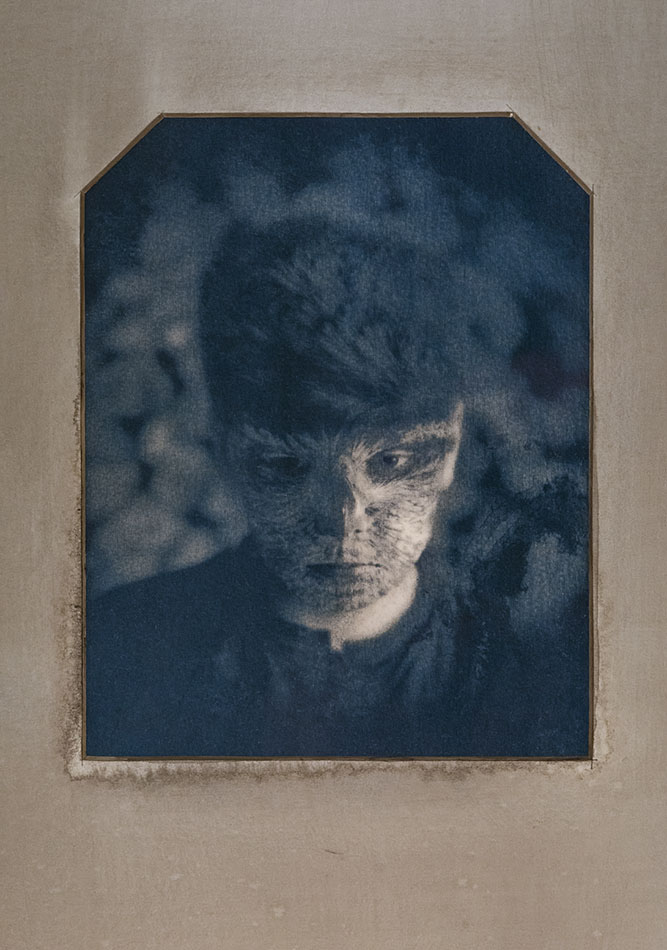


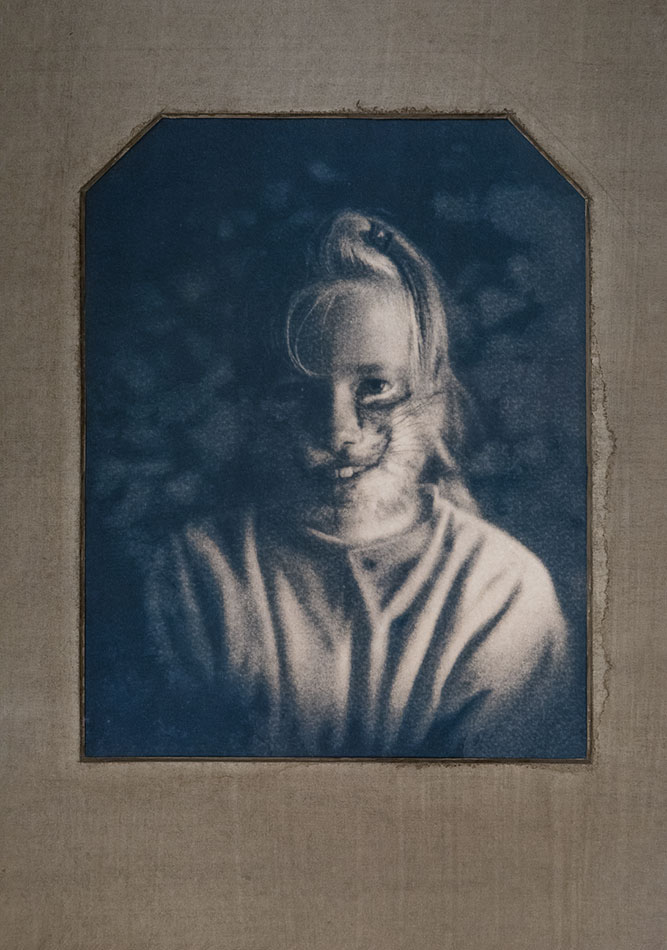


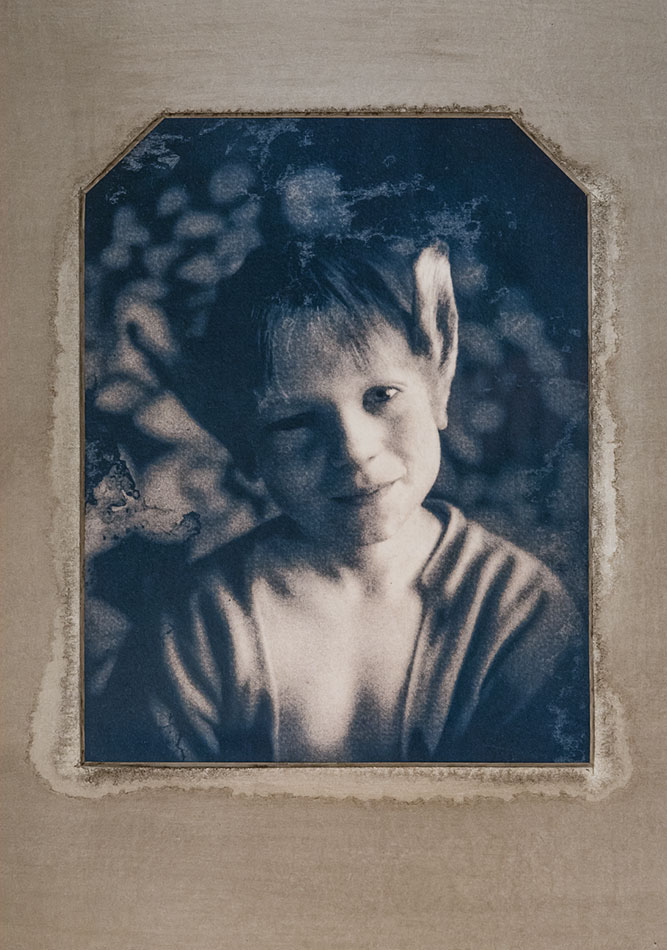

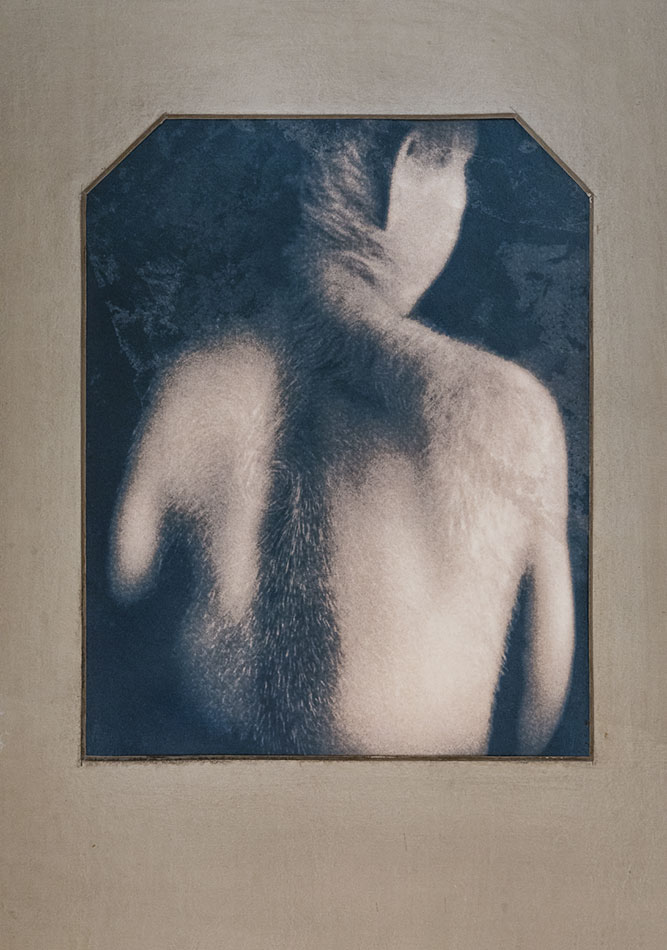
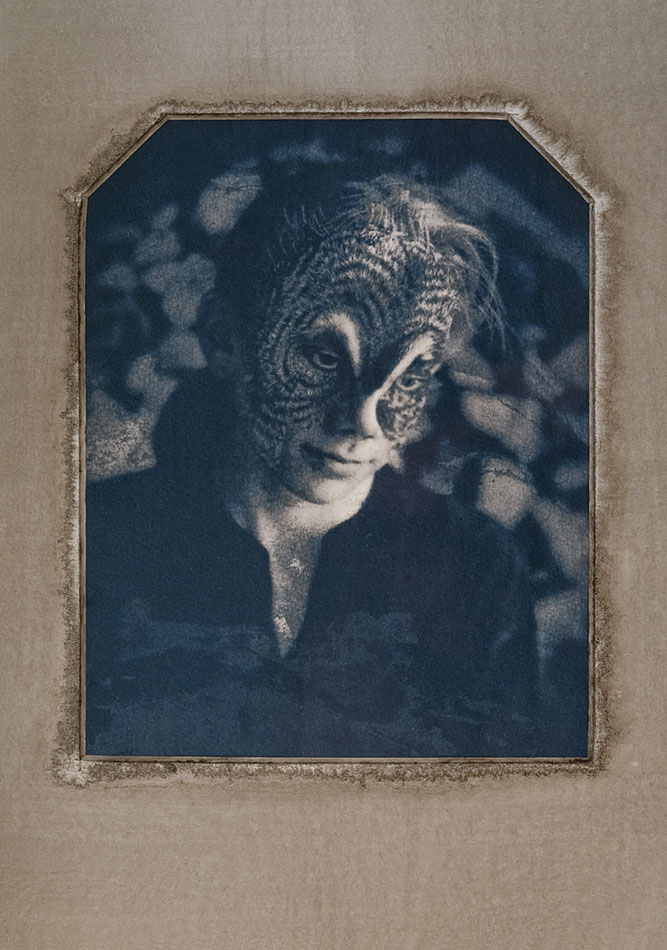


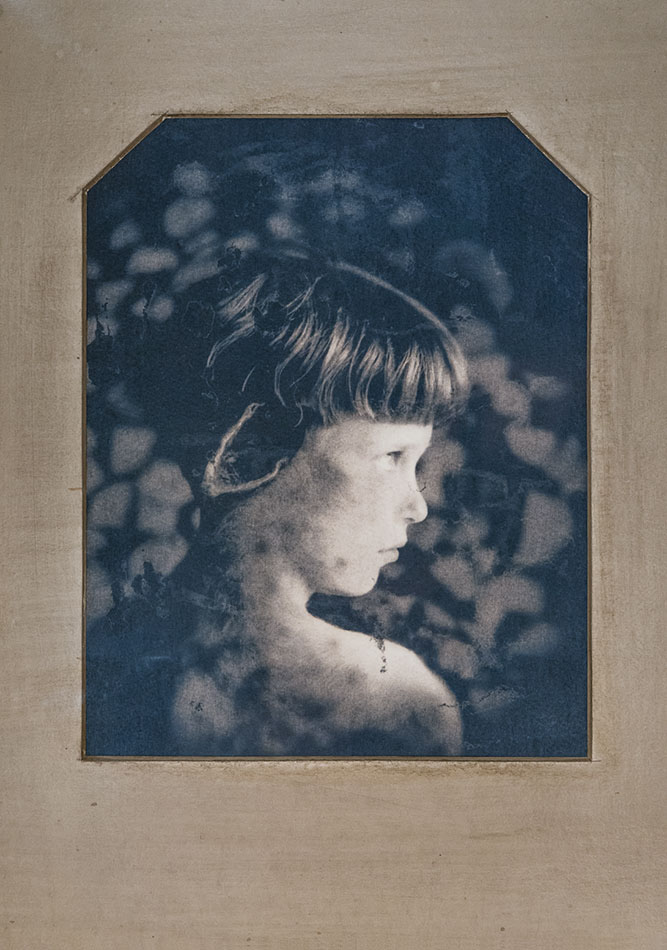
The story of what happened on Moltique's expedition, as told by Iax Agolasky, is available in Finnish as the book Paflagonian perilliset, written by Virve Sammalkorpi.



